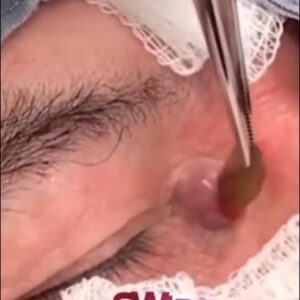An ingrown callus on the foot occurs when thickened skin, typically formed from
repeated pressure or friction, grows inward rather than outward. This can lead to
discomfort, pain, and sometimes infection if not properly managed.
Causes:
. Pressure and Friction: Ingrown calluses often develop in areas where the
skin is subjected to repeated pressure, such as on the soles of the feet, under
the toes, or along the sides of the foot.
. Improper Footwear: Wearing shoes that are too tight, too loose, or have high
heels can contribute to the formation of calluses, which may become ingrown.
. Foot Abnormalities: Structural issues such as bunions, hammertoes, or flat
feet can cause uneven distribution of pressure on the foot, leading to calluses
that may grow inward.
Symptoms:
. Pain and Discomfort: Ingrown calluses can cause a sharp or burning pain,
especially when walking or standing for long periods.
. Thickened Skin: The skin around the ingrown callus may appear thick, hard,
and yellowish.
. Inflammation: The area around the callus may become red, swollen, or even
infected if not treated.
Treatment Options:
1. Soaking: Soak your foot in warm, soapy water for 15-20 minutes to soften the
callus. This can make it easier to manage and reduce discomfort.
2. Exfoliation: Gently file the callus with a pumice stone or foot file after soaking.
Be careful not to remove too much skin, as this can cause irritation or injury.
3. Moisturizing: Apply a moisturizing cream or lotion specifically designed for
callused skin. Look for products containing urea, salicylic acid, or lactic acid,
which help soften and break down thickened skin.
4. Proper Footwear: Wear comfortable shoes that provide adequate support
and avoid tight or high-heeled shoes to prevent further irritation.




